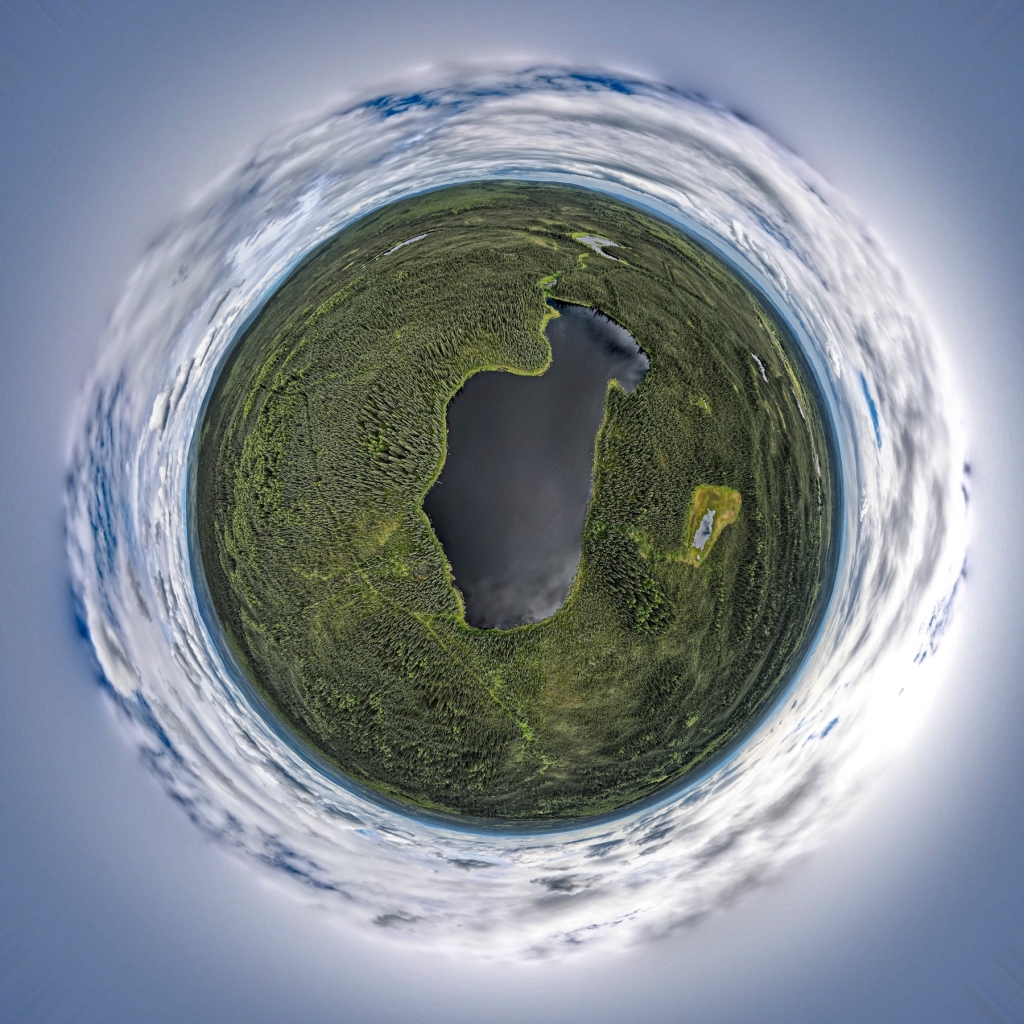Sometimes I simply love to hate. In the past couple of weeks, I’ve caught myself saying this regarding various subjects in my life. The latest resurrection of the phrase likely came about because I traveled to Las Vegas with a couple of friends for the SEMA car show, and Vegas is certainly a place that I love to hate. In fact, I love hating it so much, I couldn’t wait to get there.
(continued below images)














There’s much to hate about Vegas if one just thinks about it—especially from my rural setting of Wyoming. So, I always look forward to the newest Las Vegas particulars to hate that I never expected or considered. So, beyond the usual overcrowded and loud casinos, overpriced tickets for washed-up entertainment icons, and the ubiquitous, supersized LED displays, I was pleasantly surprised to add a couple of new things to what I love to hate about Las Vegas—all on the last full day of my stay there.
SEMA Fest
On the second day of SEMA Fest not long after the gates opened, I was turned back at the entrance by security personnel because I had a “professional grade” camera with me—a modest Yashica Electro 35 (mm) film camera. At first, I thought they were just having me on because I had a camera that was built in the early 1970s. But, when I realized the security staffer was not joking, I reached around in my back pocket and pulled out my iPhone X and said, “You should be more worried about this camera.” The staffer didn’t budge only to tell me that the iPhone was permitted, while assuring me that I could not enter with my threatening 50-some-year-old 35mm, f1.7 fixed 45mm lens rangefinder camera.
I was sure there was some mistake, but once I realized they weren’t going to relent, I gave up and walked back to a friend’s car to squirrel away my humble Yashica. During that long walk back to the car, all I could think about was how ignorant the organizers of SEMA Fest must be when it comes to cameras and photography. I felt like I had been transported back to the entrance gates of Northeast Ohio’s Blossom Music Center in the 1970s. And so, it was during that walk back to the car and once more to the SEMA Fest entrance that my love to hate Vegas came screaming back like a Tom Brady, game-winning offensive drive in the final seconds.
With my film camera receiving a red-card by the SEMA Fest photography police, I realized that whatever photography I would attempt that day would be limited to my iPhone. Now I had a new mission thanks to SEMA Fest’s draconian photography policy—I would shoot to my heart’s content with my iPhone and eventually submit images from the day to whatever paying, professional publications I could find while making sure that the SEMA Fest photo nazis get notified of my supplemental income from that day—with my iPhone!
I’m never very confident when it comes to my own photography, but spite can be a powerful thing, changing a person’s outlook in any given situation.
Circus Circus
It’s not a stretch to predict that the next major casino to be razed on the Las Vegas Strip will be Circus Circus. It was a dump 20 years ago. Today, it is nothing more than an ugly and smelly eyesore on the life support of desperate, low-stake gamblers.
Because SEMA Fest was in the shadows of the crumbling 35-story Circus Circus, we walked over to the 50-some-year-old rundown infestation in search of a modest lunch. What a mistake that was as I was reminded of shopping at a crowded Walmart on Black Friday—not to mention the healthy menagerie of trashy and gloomy patrons filling up its corridors, restaurants, and gambling locations.
Further, while walking around in Circus Circus, I was certain that its dystopian interior and unhealthy-looking patrons was surely the place I would contract a bad case of COVID-19.
Lastly, like most of the other casinos in Vegas, Circus Circus is no different in its tolerance and accommodating environment for smokers. Say what you want about the casino high-tech ventilation systems, when I returned to my room that evening, I felt as if I had been walking through the smoke-filled 1970s all over again. It’s been a long time since my clothes smelled like a crowded bar full of smokers.























